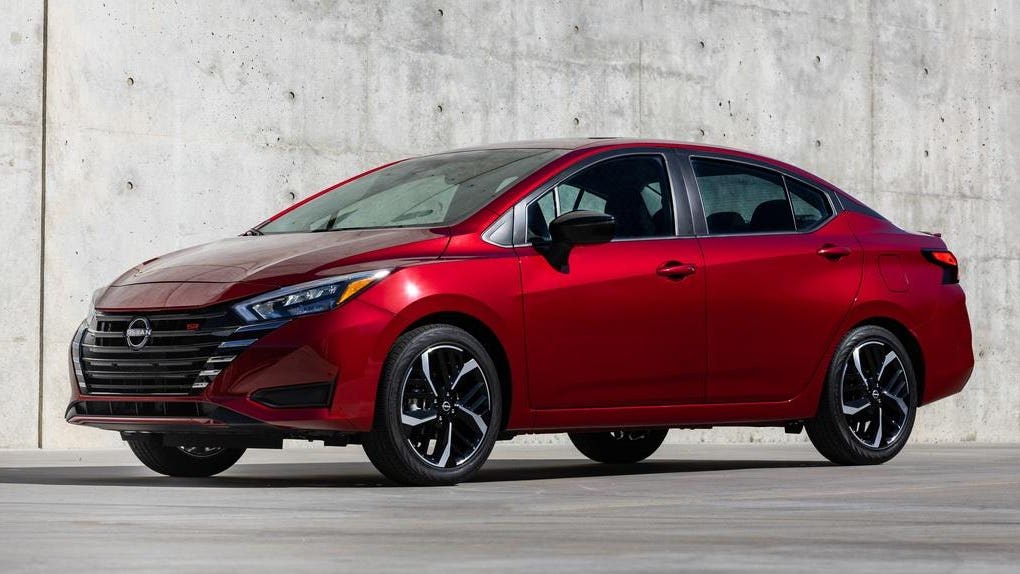Though transaction prices are finally stabilizing in both the new- and used-vehicle markets, affordability remains an issue for cash-strapped consumers, especially with financing rates having skyrocketed in recent months.
Cox Automotive reports that listing prices for both factory-fresh and pre-owned models dropped modestly last month, but they remain historically high at an average $47,048 and $27,020, respectively.
As a result, what would otherwise be considered the most affordable models on the market new or used—which means those priced at $20,000 or less—have fast become difficult to find.
As the 2023 model year comes to a close, there are only three vehicles—all subcompact cars— with retail prices that start that at around $20,000 or less. including the mandatory destination charge. Edmunds.com reports that sub-$20,000 vehicles accounted for less than one percent of all transactions during the first quarter of 2023.
What’s more, Edmunds reports that just 17% of new vehicles are now selling for under $30,000, compared to 44% five years ago, with a whopping 94% of large SUVs going for more than $60,000, versus 54% five years ago.
Regardless, budget-minded motorists tend to have trouble finding the cheapest versions of the lowest-priced rides on a dealer’s lot as they tend to lack what many buyers would now consider essential features, and aren’t especially profitable to keep in stock.
As an example, the subcompact Nissan Versa starts at $15,980, or $17,075 with delivery. But that’s with a manual transmission and only basic amenities like power locks and windows, air conditioning, and (to Nissan’s credit) a few key driver-assist safety systems. At that, we only found one 2023 Nissan Versa S being listed on Autotrader,com for (just barely) under $18,000.
The situation is becoming particularly dire for those who prefer or have no other choice but to shop among models on the pre-owned end of a dealer’s lot. According to the online automotive marketplace iSeeCars.com, while 49.3% of all used cars were priced under $20,000 in 2019, today that number stands at just 12.4%. That’s according to a study of over 10.8 million 1- to 5-year-old used cars.
“Among the pandemic’s many casualties is the affordable used car, which has nearly vanished from the used car marketplace,” says iSeeCars’ Executive Analyst Karl Brauer. “In 2019, used car shoppers with a budget of $15,000 could afford over 20 percent of the late-model used car market. Today that budget only gets them access to 1.6 percent of the market.”
Essentially, buyers are paying nearly 50% more for used cars than they were four years ago, and that’s for models that have racked up 20% more miles. Among pre-owned models priced at $20,000 or less, the average model now has 63,457 miles on the odometer, compared to 43,541 in 1999.
Not surprisingly, the website’s data indicates the used vehicles that have seen the biggest increases are also among the perennially top-selling models in the new-vehicle market. Here are the 15 pre-owned models showing the biggest boosts, with their recent average selling prices and four-year hikes noted:
- Ram 1500: $42,881 (+56.9%)
- Toyota Corolla: $21,308 (+49.8%)
- Toyota Camry: $25,537 (+49.3%)
- Honda Civic: $24,301 (+46.6%)
- GMC Sierra 1500: $47,364 (+44.1%)
- Honda Accord: $26,658 (+43.1%)
- Hyundai Elantra: $18,744 (+42.0%)
- Toyota RAV4: $29,094 (+41.0%)
- Jeep Wrangler: $35,953 (+38.6%)
- Honda CR-V: $28,401 (+37.1%)
- Chevrolet Silverado 1500: $40,359 (+36.2%)
- Nissan Rogue: $24,241 (+34.6%)
- Ford F-150: $42,104 (+33.6%)
- Ford Explorer: $34,904 (+31.7%)
- Hyundai Tucson: $23,869 (+30.6%)
iSeeCars.com notes that nine of the above pre-owned vehicles were priced, on average, under $20,000 in 2019, with all but two of them costing less than $30,000. Today only an average used Hyundai Elantra can still be had for less than of $20,000, with a total of eight models costing more than $30,000. The full report can be found here.
Read the full article here










